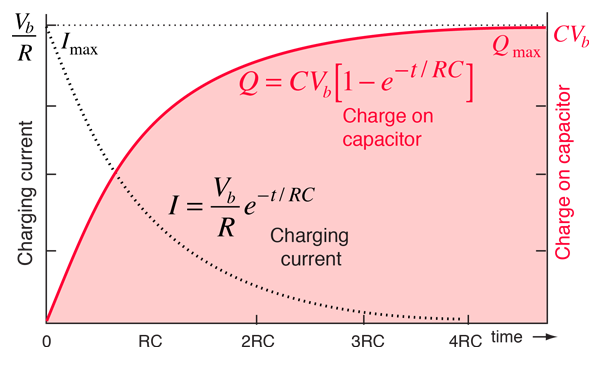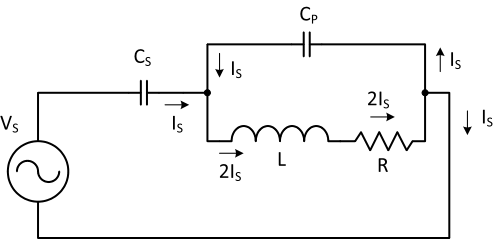I don't think I expressed my last point very well so I will try again.
Battery >>> unloaded motor>>>Cap
Here the motor acts like an inductance, the current is low and the cap charge time is slow as in the video.
Battery>>> loaded motor>>> Cap
Here the motor acts like less like an inductance, the current is high and cap charge time is fast.
Thus when the motor is loaded we can still charge a capacitor however we would have to cycle the cap charge/discharge more often creating more losses. When you actually do the test you may understand that the cap with a loaded motor does not charge over 44 seconds as in the video it charges in about 1 second. So you would have to cycle the cap charge/discharge 44 times more often resulting in 44 times more losses.
Don't get me wrong in the video it looks awesome however that is not the way it works in reality with a loaded motor. Here's a neat experiment, if you want to see how a massive inductor acts replace the inductor between two caps with an unloaded DC motor. Initially the motor spins up because it acts like a motor then when the voltage in the caps is almost equal the motor starts acting like a generator in series with the first cap charging the second cap. In effect a common DC motor can act just like a massive inductor acting in slow motion at a very low cycle frequency with minimal losses. How do we know when the motor stops acting like a motor and starts acting like a generator?... you will see the voltage polarity reverse across the motor/generator just like an inductor.
Another experiment is the same as above only we add a boost converter (joule thief) after cap 1 and the motor. In this setup the boost converter will completely drain cap 1 and keep charging cap 2 until the motor comes to a stand still. The boost converter basically scavenges all the energy present in cap 1 and the motor down to the mV level in some cases.
There are many different ways to do things however I think it's important to understand the reality of what is actually happening.
A lot for a mind to picture, but for me a project in the making which I intend to share. When I saw Russ's video he was repeating what I knew and what I believe is the basis for my system to work. Regards

